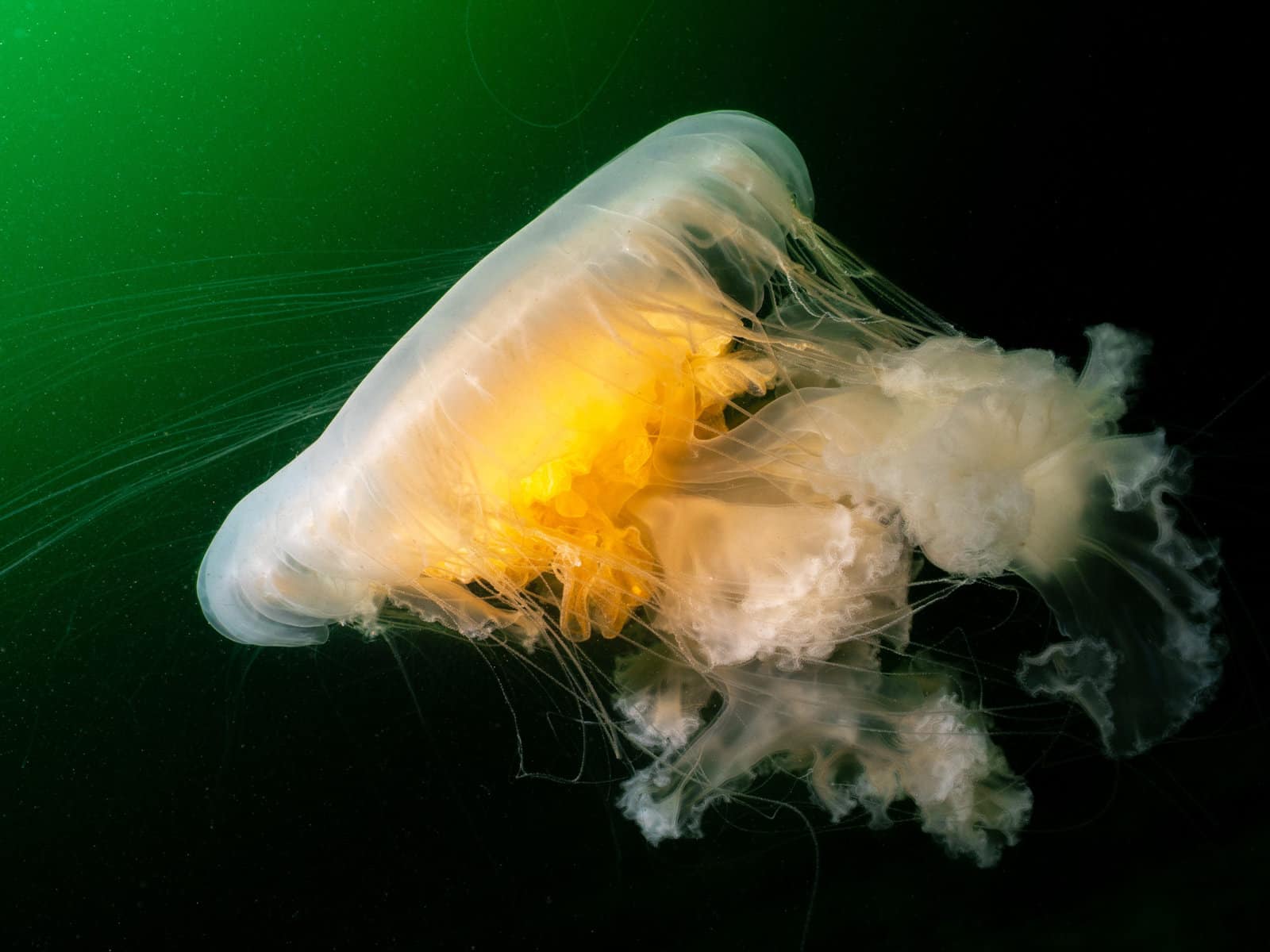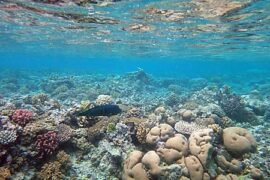Unfolding the Wonders of Jellyfish Reproduction: A Parent’s Guide to Jellyfish Eggs
Hey there, ocean enthusiasts and curious parents! As the tide of knowledge keeps rolling in, are you ready to dive into the spellbinding underwater universe of jellyfish? Today we’re sailing through the particularly captivating topic of jellyfish eggs, and trust me, there’s more to these gelatinous wonders than meets the eye!
Understanding the lifecycle of these mysterious sea creatures can be a delightful educational voyage for you and your young ones. Whether you’re gearing up for an aquarium visit, prepping for a beach outing, or just nurturing a marine biologist in the making, this guide is your ticket to an ocean of knowledge. So, let’s plunge into the depths and explore the early stages of a jellyfish’s life – the eggs!
The Mysteries of Jellyfish Reproduction Revealed
First off, it’s important to know that jellyfish have a unique and mesmerizing way of reproducing that may seem quite alien compared to land animals. Here’s a wave of applause for these creatures’ ability to adapt and thrive in the vast oceans. Now, let’s take a closer look at the beginning of their lifecycle.
Understand the Basics: What Exactly Are Jellyfish Eggs?
Jellyfish eggs are the result of jellyfish reproduction, a process which can happen both sexually and asexually. After mating, female jellyfish release eggs into the sea or harbor them in special pouches or on their tentacles, depending on the species. These eggs, when fertilized by sperm, develop into the next fascinating stage of a jellyfish’s lifecycle.
A Glimpse into the Jellyfish Lifecycle
The lifecycle of a jellyfish is truly a marvel of the marine world. They begin their journey as tiny eggs, which, upon fertilization, transform into larvae called planulae. These planulae then settle onto a solid surface and morph into polyps. Polyps go through a process called strobilation, where they segment into multiple disc-like layers, each eventually becoming a miniature version of a jellyfish, called an ephyra. The ephyra grows into the adult medusa that we commonly recognize as a jellyfish.
Delving Deeper: The Fascinating Development from Egg to Polyp
The transition from a jellyfish egg to a polyp is one of nature’s most splendid demonstrations of development. Throughout this process, the surrounding environment plays a crucial role in determining the survival and health of these potential medusas. Water temperature, salinity, and even pollution levels can significantly impact their development. It’s a vital reminder of how interconnected we are with our marine ecosystems and the importance of preserving our oceans.
Nurturing Nature-Lovers: How to Share This Knowledge With Your Kids
Bringing these topics to life for children can be equally exciting and inspiring. Use visually engaging resources like books or documentaries to illustrate the jellyfish’s life stages. For hands-on fun, consider jellyfish crafts or simple experiments that demonstrate buoyancy and ocean currents. Who knows, you might just spark a lifetime love for marine biology!
Remember, every little action counts. Encouraging responsible beach visits, explaining the importance of not disrupting wildlife, and participating in community beach clean-ups can all contribute to ocean conservation efforts. Teaching kids about the lifecycle of jellyfish, including their eggs, can be a gateway to broader lessons in environmental stewardship.
By now, I hope you’re as en

Discover Jellyfish Reproduction: A Detailed Guide for Parents on Jellyfish Eggs
Hello, adventurous parents and guardians! Are you and your inquisitive youngsters ready to embark on a deep-sea expedition to unravel the secrets of jellyfish reproduction? If you’re fascinated by the oceanic realm and eager to learn about jellyfish eggs, you’re in for a treat. Let’s navigate together through the early stages of a jellyfish’s lifecycle, an intriguing and enlightening journey for all!
Whether you’re planning an educational trip to the aquarium, preparing for a fun family beach day, or simply fostering a love for marine science at home, this guide serves as your comprehensive companion to understanding these enigmatic creatures. So grab your snorkels, and let’s dive into the world of jellyfish eggs!
Unveiling the Enigma: Jellyfish Reproduction Explained
Jellyfish boast a rather extraordinary reproductive process, distinct from the familiar patterns seen in terrestrial fauna. Kudos to these marine marvels for their resilience and evolutionary prowess. Let’s zoom in on how these gelatinous beings begin their life odyssey.
Jellyfish Eggs Decoded: What Are They?
Jellyfish eggs emerge from either sexual or asexual reproductive activities. Post-mating, the female jellyfish either disperse their eggs into the ocean’s embrace or carefully stow them within specialized compartments or along their tentacles, varying with species. These eggs, once united with sperm, embark on a journey to become the succeeding stage in the jellyfish lifecycle.
Witnessing the Jellyfish Lifecycle
The jellyfish lifecycle stands as an extraordinary display of marine life’s complexity. Starting as minuscule eggs, they are fertilized and subsequently progress into larval forms known as planulae. Subsequently, these planulae secure themselves to a substrate, transitioning into polyps. Polyps engage in strobilation, dividing into a series of stacked segments that each develop into small jellyfish known as ephyrae. An ephyra, over time, matures into the adult stage termed as ‘medusa’, which is the jellyfish form we commonly recognize.
Dive Further: The Intriguing Journey from Egg to Polyp
The metamorphosis from jellyfish egg to polyp is a captivating display of life’s unfolding drama. Environmental factors such as water temperature, salinity, and presence of contaminants greatly influence the maturation and viability of embryonic jellyfish. This underlines our deep connection with marine ecosystems and underscores the vital need for ocean preservation.
Raising Eco-Conscious Kids: Talking Jellyfish with Your Children
Introducing your children to such marvels can instigate fascination and reverence for the natural world. Employ visually stimulating materials like illustrated literature or engaging documentaries to depict the life cycle stages of a jellyfish. Engage in jellyfish-themed arts and crafts, or conduct simple science activities that demonstrate concepts like water density and marine dynamics. You may just kindle a lifelong passion for oceanography!
Every conscientious deed matters. Foster responsible coastal conduct, elucidate on the significance of preserving habitats, and partake in local environmental initiatives to fortify marine conservation. Educating our youngsters on the remarkable life of jellyfish, starting with their eggs, serves to open a portal to an array of ecological awareness and responsibility.
Feeling awestruck by the underwater world? It’s time
See more great Things to Do with Kids in New Zealand here. For more information see here
Disclaimer
The articles available via our website provide general information only and we strongly urge readers to exercise caution and conduct their own thorough research and fact-checking. The information presented should not be taken as absolute truth, and, to the maximum extent permitted by law, we will not be held liable for any inaccuracies or errors in the content. It is essential for individuals to independently verify and validate the information before making any decisions or taking any actions based on the articles.




